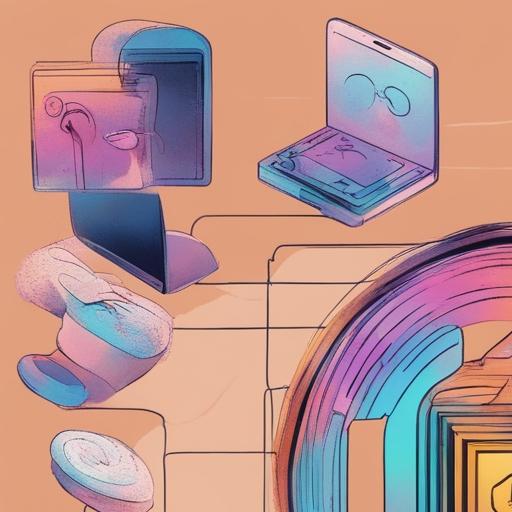Non-Fungible Tokens (NFTs) have taken the art and digital world by storm, revolutionizing the concept of ownership in the digital space. With unique features and capabilities, NFTs have provided creators, collectors, and investors with new opportunities and challenges.
NFTs are distinct digital assets that are built on blockchain technology, most commonly using the Ethereum network. Unlike cryptocurrencies such as Bitcoin or Ethereum, which are interchangeable and hold the same value, NFTs are unique and cannot be exchanged on a one-to-one basis. Each NFT carries a specific set of metadata that distinguishes it from any other token.

The adoption of NFTs started gaining traction in the art industry. Artists sought a way to sell and authenticate their digital creations, as the internet made it easy for their work to be copied and distributed without proper compensation or recognition. NFTs provided a solution by enabling artists to create a tokenized representation of their work, offering limited edition copies or even one-of-a-kind pieces. These digital artworks could then be bought, sold, and owned like physical art, while also maintaining an unalterable record of ownership on the blockchain.
Digital artists like Beeple and CryptoPunks became pivotal figures in the NFT art movement. Beeple’s artwork “Everydays: The First 5000 Days” sold for a staggering $69 million at a Christie’s auction in 2021, marking a historic moment for NFTs entering the mainstream art market. CryptoPunks, a collection of 10,000 unique 24×24 pixel art characters, became highly coveted and are now regarded as pioneers in the NFT space.
Beyond art, NFTs have expanded into various industries. Collectibles, such as virtual trading cards and virtual items in video games, have become highly sought after. NBA Top Shot, an officially licensed digital collectible platform, allows users to buy, sell, and trade NBA highlight moments in the form of NFTs. The concept of ownership and scarcity has brought a new level of value and excitement to the world of collecting.
Another area where NFTs have seen adoption is music. Musicians can release limited edition albums or exclusive rights to songs as NFTs, providing fans with a unique ownership experience. This new model empowers artists to directly monetize their creations while giving fans an exclusive piece of their favorite artist’s work.
NFTs have also made their way into the world of virtual real estate and virtual worlds. Decentraland, a blockchain-based virtual world, allows users to buy and sell virtual land parcels as NFTs. These virtual properties can be developed, rented, or even used for hosting events, conferences, and exhibitions. The concept of owning digital real estate opens up a multitude of future possibilities as the metaverse continues to evolve.
TAGS
NFTs, digital assets, blockchain, art, digital art, collectibles, music, virtual real estate, virtual worlds
